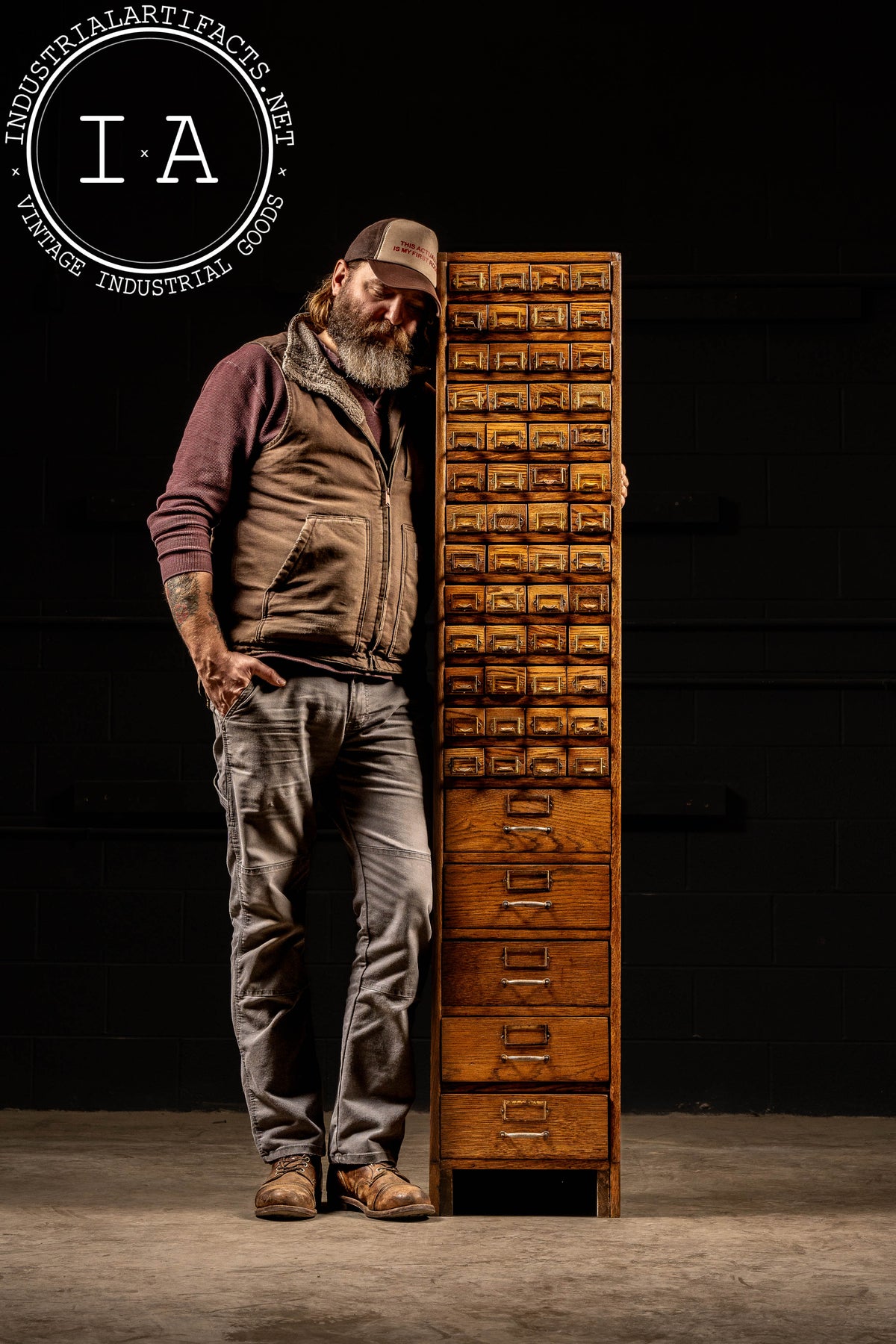Case: Patient #6, male, Korean
DiseaseAssertion: UCD/OTCD
FamilyInfo: N/A
CasePresentingHPOs: HP:0011463, HP:0001987, HP:0003218
CaseHPOFreeText: Neonatal onset, hyperammonemia, oroticaciduria,
CaseNOTHPOs:
CaseNOTHPOFreeText:
CasePreviousTesting: "Potential impact of mutations on OTC function and/or folding assessed by multiple alignments of orthologous protein sequences and human OTC and structural data from Protein Data Bank (1C9Y and available orthologs). In M patients, the approximate extent of the deletions assessed by inspection of presence/absence of PCR products. In F patients, the deletions determined by the SALSA multiplex ligation probe amplification (MLPA) KIT P079 OTC (MRC-Holland, Amsterdam, the Netherlands) and the Affymetrix Human SNP 6.0 array (Santa Clara, CA). Sequence spanning 38,211,736 – 38,300,703 bp region on chromosome X (GRCh37) and including OTC was scanned for motifs CCTCCCT, CCTCCTT, CCTCCCTT, CCCCACCCC, CCNCCNTNNCCNC, GGNGGNAGGG and their complements known as being associated with recombination hotspots. Repeats capable of non-B DNA structure formation implicated in double strand breaks (DSBs) were sought by complexity analysis . X-inactivation ratio determined by analysis of methylation status of the human androgen-receptor locus (HUMARA)
Supplemental Data: Table 1&2, the minimum plasma ammonia, orotic acid and Gln+Glu concentrations depends on certain age range: Plasma ammonia: neonates <90μmol/l, other <60μmol/l. Urinary orotic acid: 0–1year <6.6mmol/mol creatinine, 1 – 10 years <3.5 mmol/mol creatinine, over 10 years <2.4 mmol/mol creatinine. Serum glutamate + glutamine: 0 – 1 month 200–1200μmol/l, 1 month–1year 200–1100μmol/l, 1year–18years 200–900μmol/l, over 18years 200–800μmol/l.
Variant: NM_000531.6:c.461_471del(p.Glu154Alafs*18)
ClinVarID: N/A
CAID:CA2695233305
gnomAD:
GeneName: OTC (ornithine transcarbamylase)



